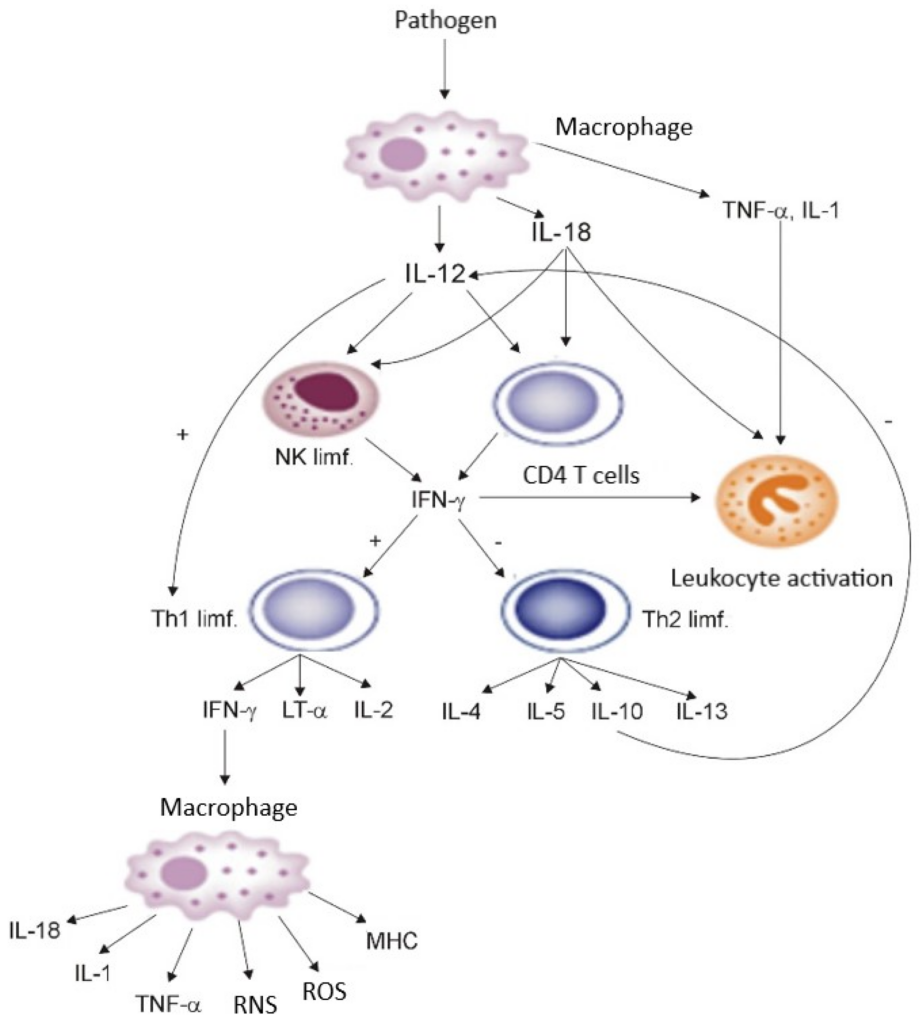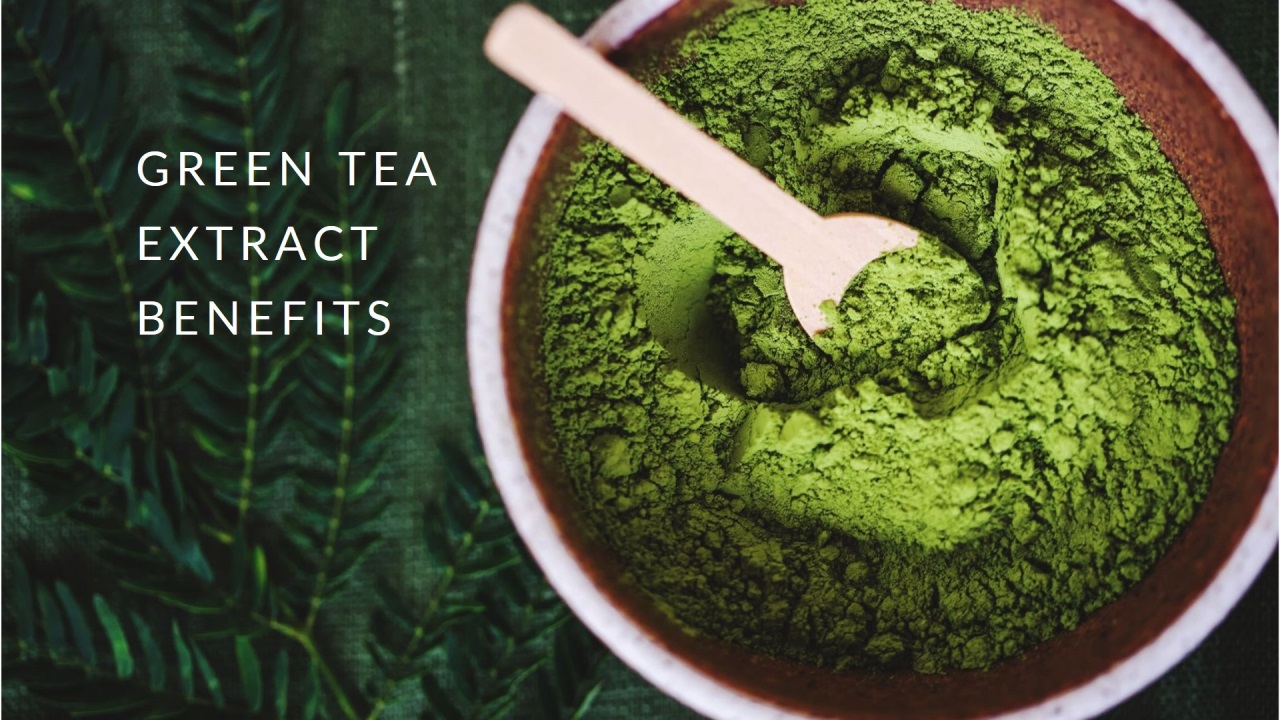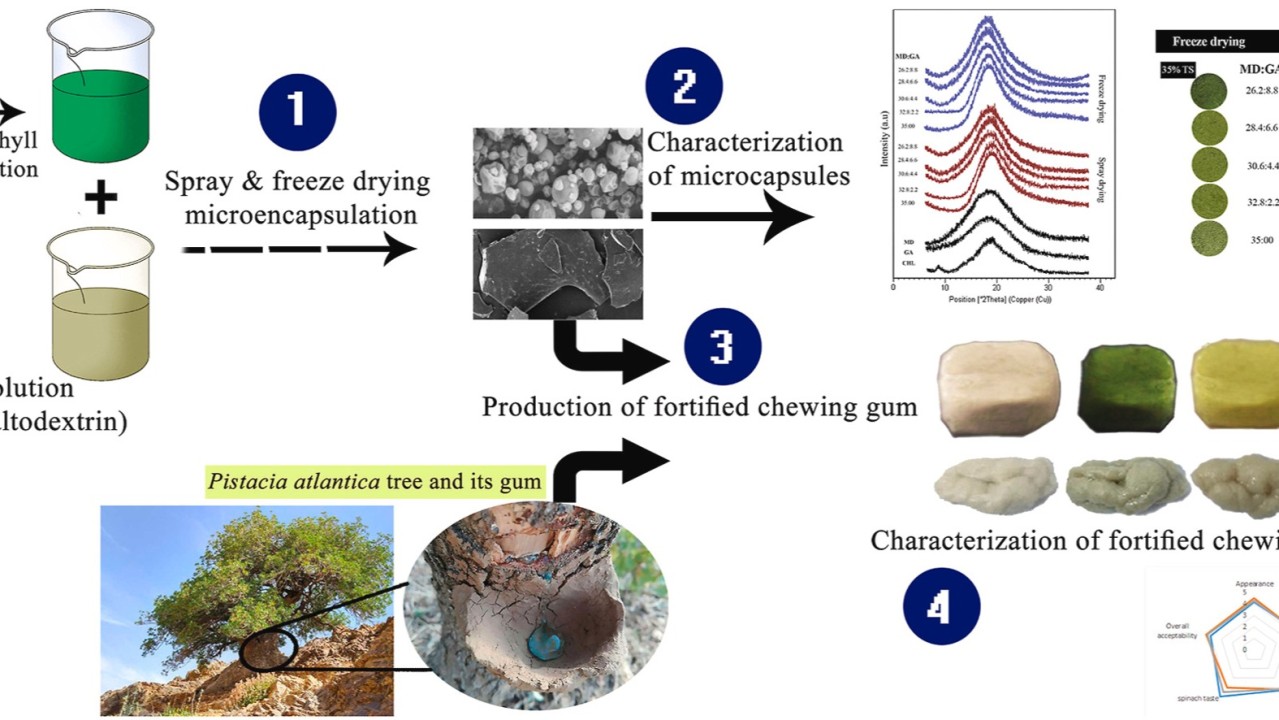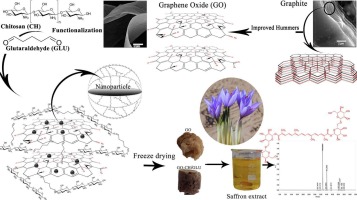Authors
- Ebrahim Salehifar 1
- Shima Tavakolian Arjmand 1
- Masoud Aliyali 2
- Siavash Abedi 2
- Ali Sharifpour 2
- Abbas Alipour 3
- Shahram Ala 1
- Gohar Eslami 1
- Farzad Bozorgi 4
- Mohammad Reza Mahdavi 5
- Keith R. Walley 6
1 Department of Pharmacotherapy, Faculty of Pharmacy, Mazandaran University of Medical Sciences, Sari, Iran,
2 Department of Internal Medicine, Faculty of Medicine, Mazandaran University of Medical Sciences, Sari, Iran,
3 Department of Epidemiology and Community Medicine, Faculty of Medicine, Mazandaran University of Medical Sciences, Sari, Iran,
4 Department of Emergency Medicine, Faculty of Medicine, Mazandaran University of Medical Sciences, Sari, Iran,
5 Department of Laboratory Tests, Mazandaran University of Medical Sciences, Sari, Iran,
6 Centre for Heart Lung Innovation, University of British Columbia, Vancouver, BC, Canada
Background: Differential diagnosis of systemic inflammatory response syndrome (SIRS) with or without infectious cause is critically important in terms of initiating antimicrobial agents in case of infectious etiology such as ventilator-associated pneumonia (VAP). The aim of this study was to determine the diagnostic and prognostic roles of C-reactive protein (CRP) and tumor necrosis factor-alpha (TNF-α) in differentiating between ventilator-associated pneumonia and SIRS without infectious etiology. Materials and Methods: In this prospective observational study, 91 adult intensive care unit (ICU) patients were enrolled. According to established diagnostic criteria, they were classified into three groups of “non-SIRS nonVAP”, “SIRS non-VAP” and “SIRS-VAP”. Serum CRP and TNF-α were measured on days 1, 3 and 7 of the study and compared using repeated measures ANOVA. Results: With respect to diagnosis, there was no significant difference in the values of these biomarkers between groups (P>0.05). There was no statistically significant “time trend” for C-reactive protein and TNF-α (P>0.05). Considering both group effect and Time effect, the changes were not significantly different for CRP (P= 0.86) and TNF-α (P=0.69). In contrast, the clinical score and the clinical pulmonary infection score (CPIS) 6, had 100% specificity for diagnosing VAP. With respect to prognosis, only an unchanged or decreasing TNF-α from day 1 to day 3 was marginally associated with 28- day survival. However, day 1 and day 3 acute physiology and chronic health evaluation II (APACHE II) scores were highly associated with 28-day survival. Conclusion: Unlike clinical scoring system including CPIS and APACHE II, TNF-α and CRP levels were not useful as diagnostic or prognostic biomarkers for differentiating between SIRS with VAP etiology and SIRS without infectious etiology.




